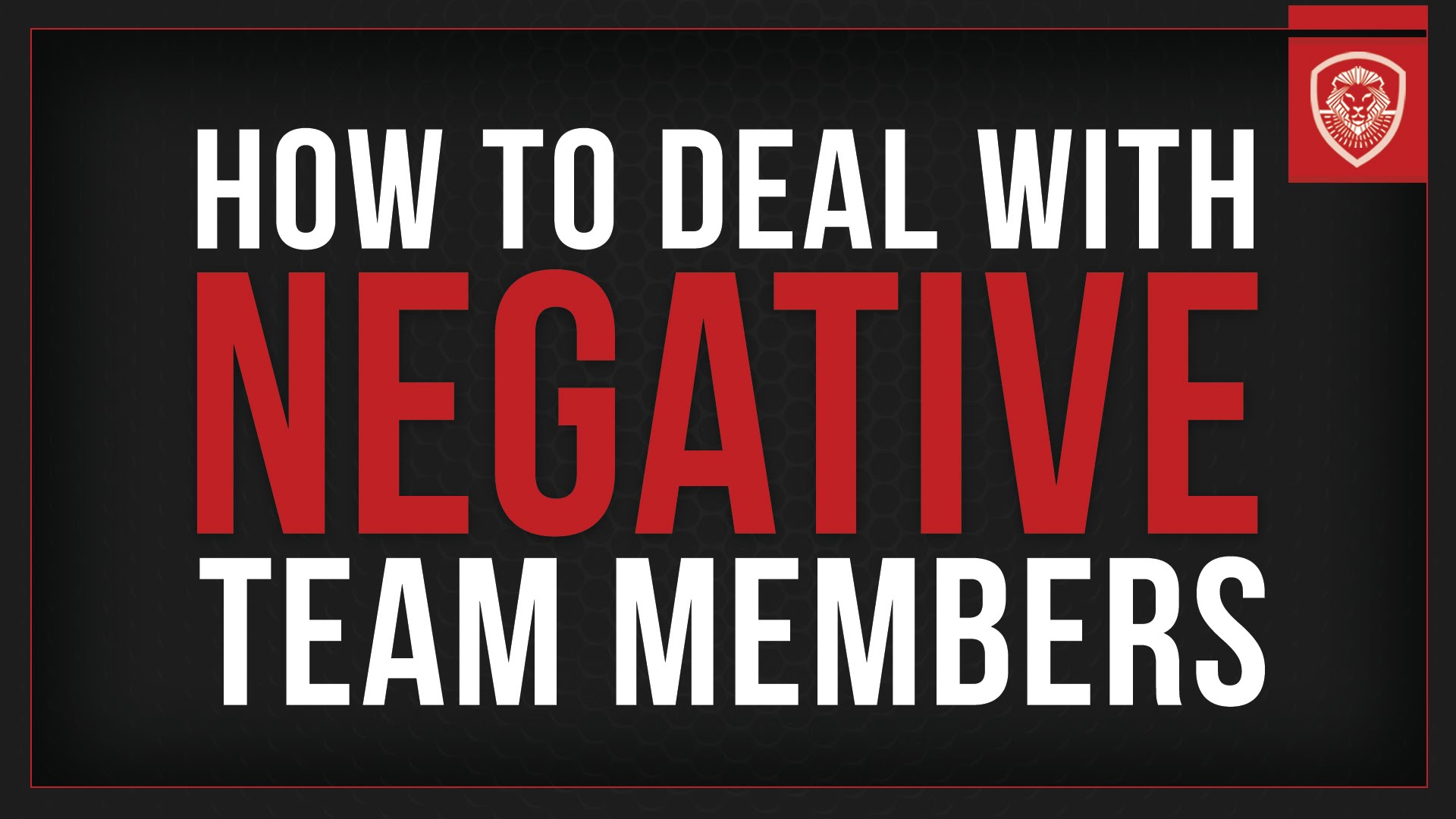It would be wrong to assume that every individual you meet is equal. Moreover, when we talk about the business world, dealing with people can be tough. Same applies to your co-workers and other team members. Handling a team is already a challenge, and if it consists of pessimists, a new conflict may emerge every day.
How to convert negativity into productivity?
We understand dealing with negative people within your team can be quite time-consuming and frustrating. Also, coming across continuous negative comments and trying to ignore the same every time, can further encourage negativity. So, how should you deal with pessimist people around you?
The answer is simple: be as proactive as you can and help the negative minded people achieve productivity and positively change their behaviour.
Expert Thoughts!
To eradicate any problem, you should first know the cause. The same theory applies to figure out the reason that is causing negativity in your team. As said by Roderick Kramer, the William R. Kimball professor of organisational behaviour at Stanford Graduate School of Business, it is the work of the chief or the leader to find out the hidden cause of pessimism before taking any action. Kramer says, “Some people are dispositional pessimists whose knee-jerk reaction is to see the negative in everything, while others may be expressing a pessimistic point of view based upon informed logic.” If you list down, some of the most common reasons of negativity among team members are not receiving attention, resentment for not being promoted or lack of skill or knowledge.
As per Marshall Goldsmith, the executive educator and author of What Got You Here Won’t Get You There, irrespective of the core cause of pessimism, the way to respond constructively is by focusing on the results of an individual’s negative behaviour. Changing a behavioural pattern is much easier than changing somebody’s values and long-held beliefs.
3 Approaches to Manage Negativity in Team
I recommend:
#1 Develop Awareness
If you do not know you have a problem, you will never be able to resolve it. This is because something that does not exist do not require our attention. However, if you do not know it does not mean it does not have existence. Therefore, the best way to deal with negativity is to make your pessimist team member aware of their comments and how they are received.

Remember, you are into the discussion because you want to remove negativity. So, make sure you talk to individual when no other person is listening to you. If you start judging one team member in front of other, it will only add on to the demotivation.
Also, while giving feedback, be careful not to become negative yourself. Jon Katzenbach, founder of the Katzenbach centre at Booz & Co. and author of Wisdom of Teams, says, “be at least as positive as you are negative”. Use this rule while giving your feedback and explain how valuable the individual is for the team, but how the negative behavior is impacting the office environment. Kramer describes this type of communication as the conversation that can prove to be useful for diagnosis.
#2 Restructure negative sentences
Negativity is like an amoeba; it can extend and retract on its own but never ends. It will keep fostering, eventually pulling down your team’s motivation and momentum. Do not allow negative thoughts and comments linger around. If you hear and what is the reason behind this idea.
For example, if the pessimist says, “This project is not going to succeed”, stop the person there and ask “WHY”. Why does the person think the project is not worth, can prove to be quite helpful in understanding the possible loopholes of any project. You can also ask them for some alternative options that can help a project succeed.
You can also ask other teammates to use “BUT” statements. These but statements are highly efficient in converting negative statements into positive motivational statements.
#3 Try a group discussion
As said by Kramer, “Sometimes social sanctions work better than leader sanctions.” It is not quite acceptable to point out a single person out of the whole team. While trying to eradicate negativity, pinpointing someone in front of the team can add on to the damage.
Try peer pressure instead of insulting. You can set some norms for the group and ask each one of them to observe the same. According to Goldsmith, every individual conceptualizes several questions in their mind before speaking, like “Will this comment help our customers? Will this help our company? Will this help the person or team we are talking about? Will this help the person we are talking to?” He also explains that “Honesty may be the best policy except when it is destructive and unhelpful.”
This approach works great if you can ask your team members to look after each other and make sure everybody is following the norms. Kramer calls it “the collective wisdom”. If one person is negative, gather the positivity from all other team members and overpower pessimism.
The Final Step
It does not sounds good but if one or more members of your team are continually negative, troublesome and nonresponsive to all the feedbacks and coaching, you will ultimately have to remove the pessimist from the team. As we all know “one rotten apple spoils the whole barrel”, it is better to get rid of negative thoughts and people as soon as possible. Remember as a leader, it is your job to find out the source of negativity and make that distinction. If somebody is unfit for a project or team you should look forward for somebody who is a better choice.

Leave a Reply